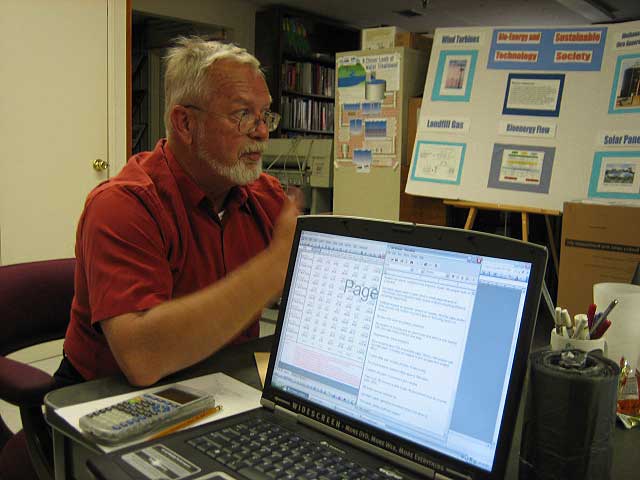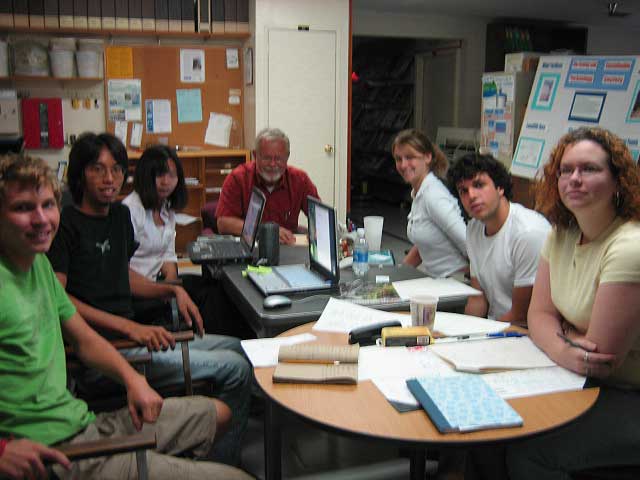Waste Stream Meeting in UF with Mr.Krause
We had a meeting with Solid Waste Coordinator Mr. Krause on June 28th. According to Mr. Krause, all waste that leaves University of Florida costs $2,000,000. University of Florida recycles approximately 38% of waste. There are 265 trash dumpsters, 110 paper recycling dumpsters, at any given time, is 15 construction dumpers. 5 cardboard bailing machines, 2 paper compactors, and 15 garbage compactors. The expense is determined by volume for the dumpsters and frequency of pulls for the compactors. They pick up waste from dumpsters on Tuesday and Thursday at night and 1 truck may serve 90 dumpsters. Reitz Union and Housing pay their own bill to get rid of waste.
The major waste in University of Florida is yard waste that comes in two forms. First, yard waste comes out as the byproduct of land maintenance (landscaping). This includes woody materials, mowing waste, and pruning waste. Second, dead leaves come in and out with wind from everywhere. These wastes have very high carbon containment. Normally UF generates 288t/month on average of yard waste, but the amount escalates during the hurricane season. This includes sand that is sucked into the street sweepers during sweeping the street. Also this includes water hyacinth, which is more than 90% water by weight. Hyacinth has high nitrogen content. Roughly 25% of the yard waste is not organic (sand). The expense of disposal is $27.50/ton. If UF is to launch a compost/mulching program the expense would be the cost for machine, labor, utility, security, sewage, building, etc. Currently the Wood Resource Recovery facility takes all the yard waste on campus. They're the only site in Alachua and service mostly central north Florida (see seperate report). Watson is another company that takes yard waste then buries them. For the yard waste, there is only the expense of disposal. Lake Wauburg is maintained by Grounds Department. There are few departments that take care of their own yard waste. IFAS and the Athletic Association are managed individually. Wing Zurburg is the maintenance operator. He keeps the sports field in prime shape. Except for the football field, which has a vacuum lawn mower, the grass material remains on the ground. Yard waste is diminishing because the university is becoming more and more urban.
Another major output in University of Florida is paper waste. Paper costs $182,000 a year. Currently we produce 115t/month in average. We buy mainly recycled paper rather than virgin paper. We have recycling program run by Recycling Services in America and we recover about 70% of recyclable paper. There are recycling bins everywhere where it that it is worth placing it and any building that has more than 10 people in it has a recycling bin. There are two major problems. First, people are not willing to put too much effort to recycle and this can be said to both students and faculty members. Custodial issue is the second problem.
There are few more important waste types that we didn't cover that day. The remaining waste types are food waste, sanitary waste, and sewage waste.
 |
 |